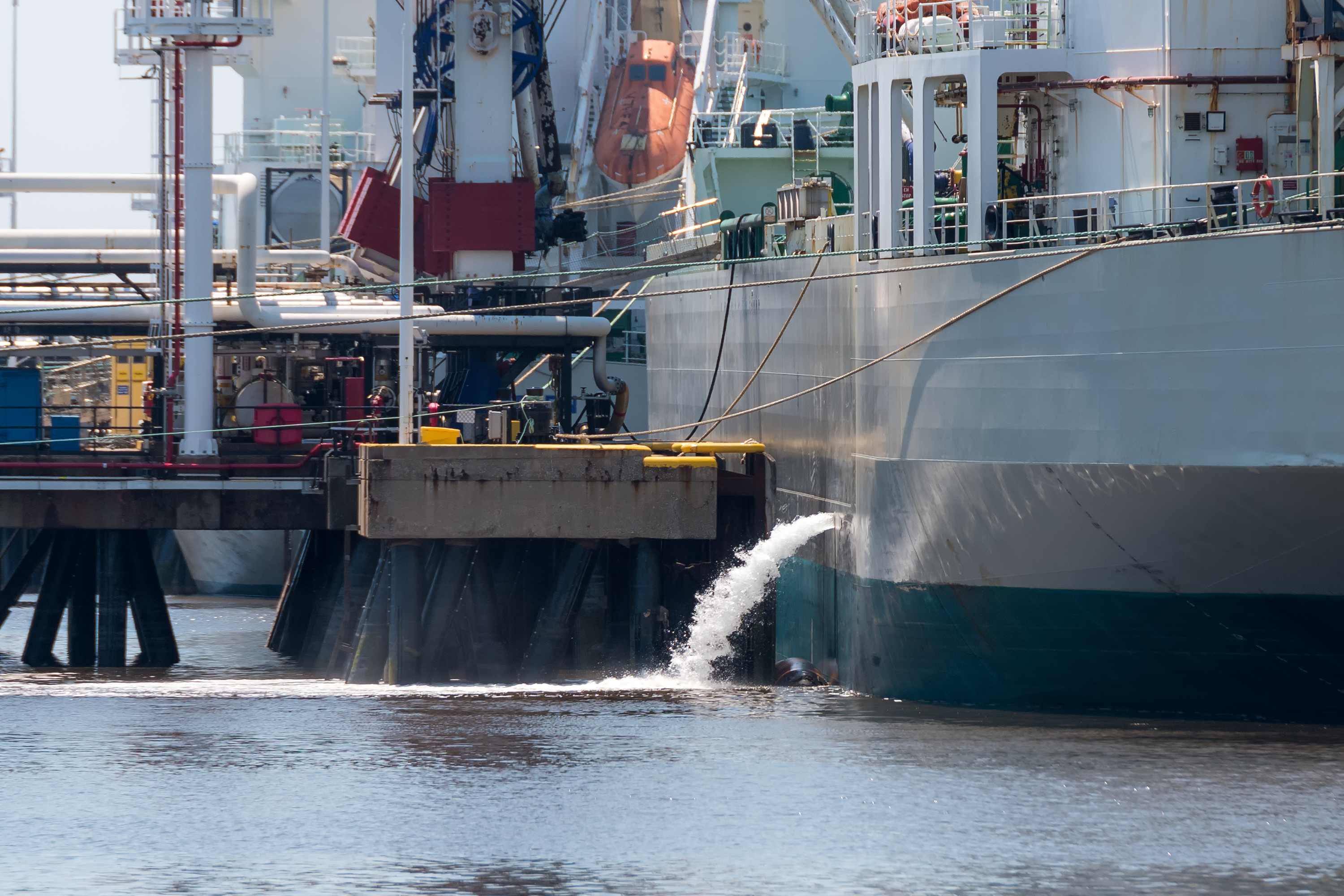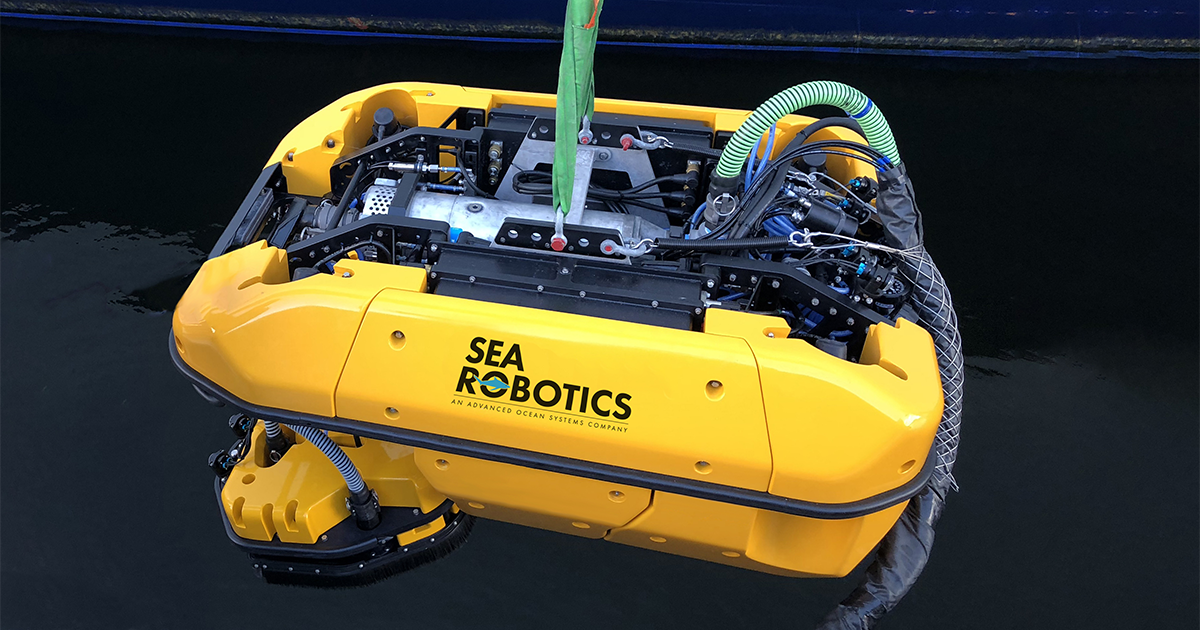How to mitigate against the spread of Invasive Aquatic Species (IAS) remains one of the most complex and pressing challenges in the marine domain. So much so, in fact, that the United Nations Environmental Programme considers the growing prevalence of these so called “marine invasions” as one of the four greatest threats to marine and coastal ecosystems.
Although planned actions to stifle these opportunistic micro-organisms, plants, and animals are often reported as local interventions, meaningful and long-term containment strategies require a comprehensive and concerted response from unified stakeholders in the ocean industries.
Reliable data are instrumental, not only to identify and monitor the migration of individual Invasive Aquatic Species but also to analyze the various pathways that enable them to prosper. While certain climatic variables, such as shifts in wind, ocean currents, and extreme weather, act as direct pathways, there are several human-mediated pathways, including common practices associated with the shipping industry, that offer IAS a “free ride,” so to speak.
BALLAST WATER
The standard operating procedures of the shipping industry are a source of ongoing review for the International Maritime Organization (IMO), the UN agency responsible for the safety and security of the shipping industry and the prevention of marine and atmospheric pollution associated with vessel operation. One area of ongoing concern is the treatment of ballast water. As much as 10 billion tons of ballast water is transported around the world each year by the global shipping industry’s 55,000-strong merchant fleet, with large ships able to transfer over 50,000 tons of ballast water across the oceans in less than ten days. This constant displacement of seawater gives passage to around 7,000 species of aquatic plants, microbes, and animals every hour of every day as ships transit from port to port.

As much as 10 billion tons of ballast water is transported around the world each year by the global shipping industry.
As a result, and in accordance with the IMO’s Ballast Water Management Convention, there has been significant emphasis on the development and integration of ballast water treatment systems—which typically employ a number of cooperative technologies—to remove aquatic organisms and pathogens (or at a minimum render them harmless) before ballast water is released into a new location.
BIOFOULING
Interventions for the second recognized pathway, hull biofouling—the undesirable accumulation of plants, algae, and microorganisms on a ship’s hull—pose other, very distinct challenges for operators. The benefits of a clean hull extend beyond the containment of invasive species: colonized hulls cause exponential friction which, according to the Office of Naval Research, account for up to 60 percent more hydrodynamic drag; the more drag, the higher the fuel consumption and, therefore, the corresponding CO2 emissions. In short, dirty hulls benefit no one other than adept IAS.
Recent advances in ocean technology, in particular subsea sensors and AI-led control systems, have accelerated the development of intelligent marine robotics designed to execute planned interventions to combat the spread of IAS by establishing a more tech-assisted approach to hull husbandry. Removing vessel fouling at the biofilm level—to proactively “groom” a ship’s hull—safely and efficiently relies on the application of several complementary technologies but centers around the emerging capacity of subsea robots.
MARINE ROBOTICS
Over the years, there have been a number of prototypes fielded. Still, to date only a few vehicles have proven commercially scalable, such as Jotun’s HullSkater ROV (Remotely Operated Vehicle), in partnership with Kongsberg, and Armach Robotics’ Hull Service Vehicle (HSV), the headline act in the company’s subscription-based robotic hull cleaning offering.
In terms of engineering architecture, the blueprints for the ROVs for hull grooming share much in common. But there are subtle differences, some of which are significantly dependent on whether the end-goal is to simply clean the hull or offer extended benefits, like removing the biofouling—and any associated invasive species—from the surrounding waters. For example, another field proven ROV, Hullwiper is notable for its capacity to filter the resulting effluent from grooming prior to releasing it back to the harbor, a task not achieved by either Jotun or Armach’s ROVs. Thorough hull grooming may deliver performance benefits to a vessel, but it does little to safeguard the local subaquatic ecosystem if the offending effluents are simply pumped back into the sea.

SR-HullBUG uses a 9-brush tool to proactively groom a ship’s hull. (Photo credit: SeaRobotics)
Another distinction, HullWiper’s in-port grooming services use adjustable high-pressure seawater jets to avoid, so the company says, the use of abrasive scrubbing or harsh chemicals. Whether this is a more effective approach than a brushing mechanism—as is the case with Jotun and Armach—demands further investigation. Like Hullwiper, SeaRobotics’ SR-HullBUG also uses a unique effluent capture and filtration system to remove fouling to the micron level, allowing us to ensure that particulate and heavy metals are safely removed from the effluent before returning it to the surrounding waters. However, like the HullSkater and Armach’s HSV, the SR-HullBUG favors brushes—nine in total—for its grooming tool.
COLLABORATION NEEDED
Advanced subsea technology will no doubt prove a facilitator in the fight against both IAS and hull biofouling. However, intelligent robotic systems will only get stakeholders in the maritime sector so far unless they are supported by stricter regulatory governance and an unwavering commitment by vessel owners to transparently “self-police” and document their hull management measures—which includes ballast water treatment. With the clarity that quality data provides, inaction is not an option. Only once this issue is treated as a communal challenge will a sustainable use of ocean resources be achievable.
Fortunately, there are several industry bodies that advocate a more comprehensive approach to mitigation, such as the Global Industry Alliance (GIA) for Marine Biodiversity, an initiative managed by GloFouling Partnerships, charged with improving biofouling management and tackling these two related environmental issues: the surging threat presented by the proliferation of Invasive Aquatic Species (IAS) and Greenhouse Gas (GHG) emissions from all offshore industries.
As nations recalculate a path to net zero and a more holistic and sustainable use of ocean resources, our ability to learn, adapt, and respond to scientifically robust data and unfolding macroeconomic scenarios will be critical. Today, thanks to more comprehensive subsea data, ratified regulations, and the precise integration of cutting-edge ocean technologies, we are better equipped to target and combat some of our most ardent adversaries, like IAS.
This feature appeared in Ocean News & Technology (ON&T) Magazine’s December 2022 edition, to read more about The Future of Ocean Technology access the magazine here.



